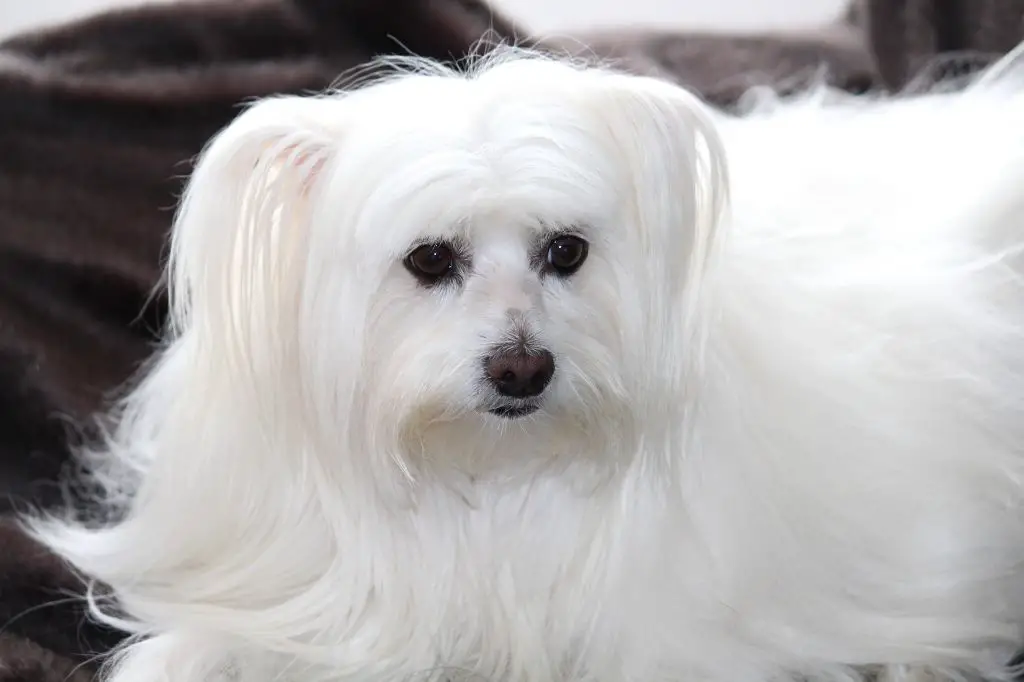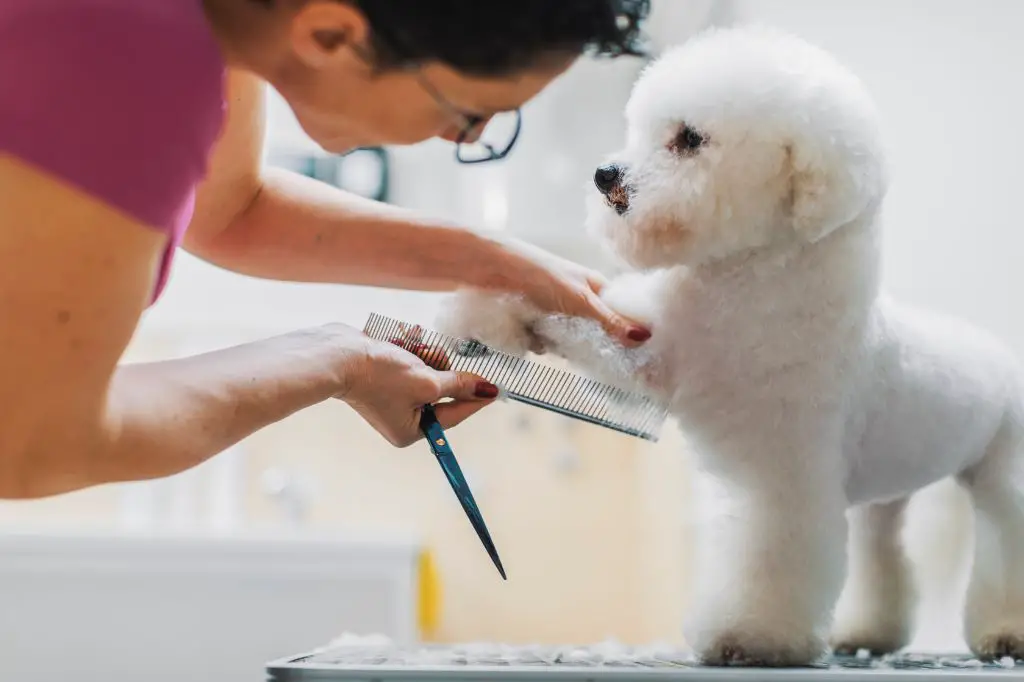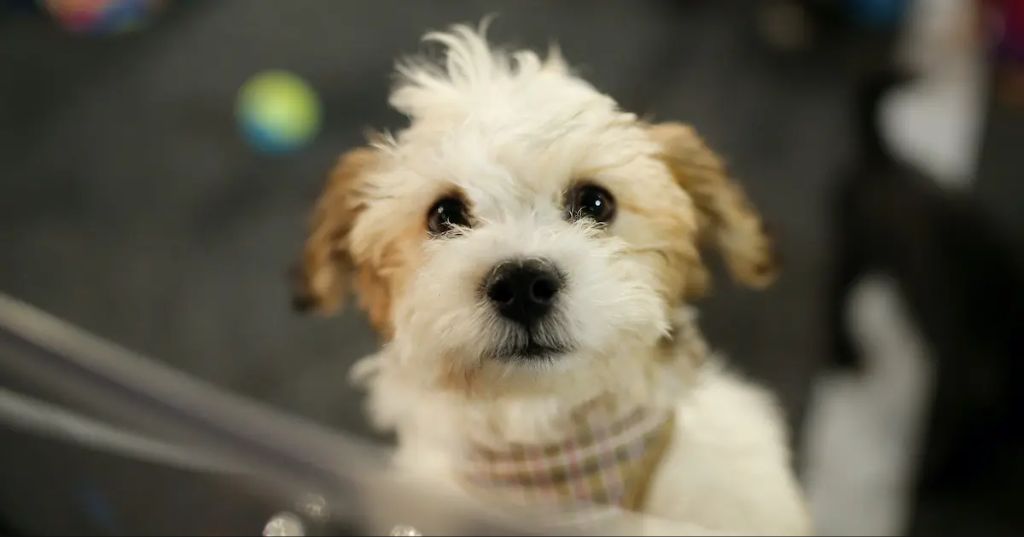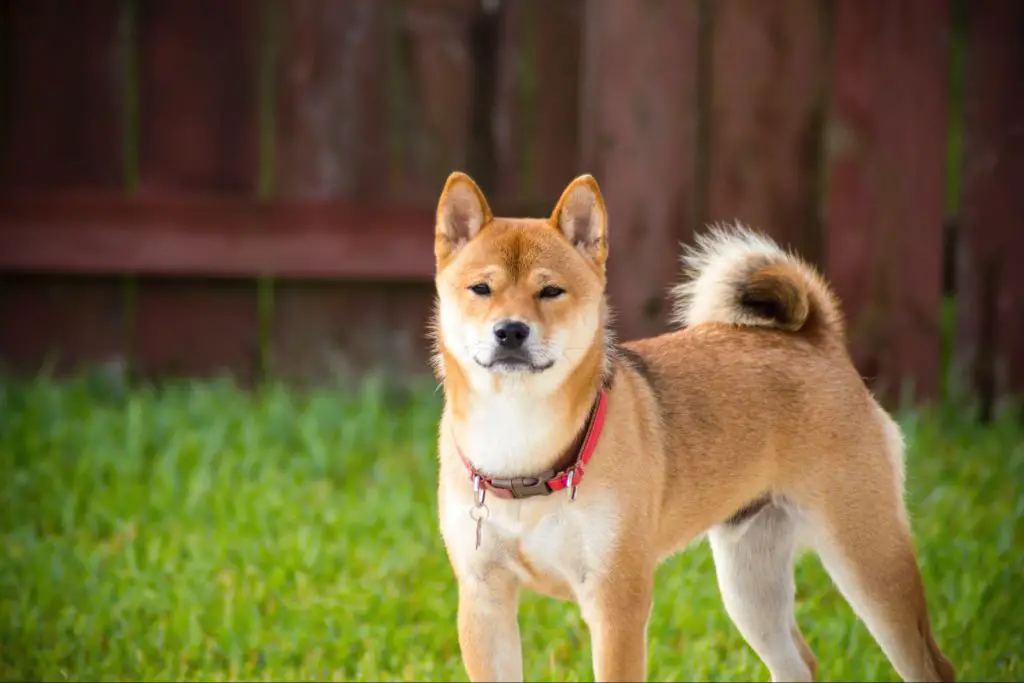Introduction
Some dog breeds are considered hypoallergenic because they shed less fur and produce less dander than other breeds. Dander is the material that floats off the dog’s skin, fur or saliva which causes allergic reactions in people. When a dog sheds less dander, people with allergies may not react as severely. Certain coats like hair and wool shed less and produce less dander than fur coats, making those breeds better choices for allergy sufferers.
According to the American Kennel Club (AKC), while no dog is 100% hypoallergenic, some breeds are known to be better for allergy sufferers. Breeds that shed less tend to release less dander into the environment. With proper grooming and bathing, these dogs can be easier to live with for people with dog allergies. Still, every dog produces some dander and allergens, so no breed is completely non-allergenic.
Coat Types
The main difference between fur and hair coats on dogs is that fur consists of shorter denser hairs that dogs typically shed seasonally, while hair coats consist of longer, wispy hairs that don’t shed much. Shedding is what causes most allergic reactions in people, so dogs with hair coats tend to be better for allergy sufferers.
Fur coats are designed to provide insulation and protection, with a dense undercoat and tougher outercoat that dogs will shed partially or fully during seasonal changes. This allows the coat to regulate based on the temperature. Hair coats are more similar to human hair, consisting of longer hairs that keep growing and don’t shed much. These provide less insulation but are better for reducing allergens.
“Dogs with hair do tend to be less allergenic than dogs with fur,” says Bishop-Jenkins. “That’s because along with shedding less coat, they shed less dander and produce less of the allergy-causing proteins found in saliva and urine” (AKC).
While no dog is completely non-allergenic, hypoallergenic dogs with hair coats like Poodles, Bichon Frises, and Portuguese Water Dogs tend to be better choices for allergy sufferers because they lack that dense undercoat and shed significantly less (DogTime). Their hair keeps growing like human hair and requires regular trimming rather than seasonal shedding.
Breeds with Hair Coats
Certain breeds have hair coats instead of fur, which means less shedding and dander. Some popular small hypoallergenic breeds with hair coats include:
- Maltese – This toy breed has a long, silky, white coat that requires daily brushing and occasional trimming. Maltese are playful, gentle, and affectionate. (Good Housekeeping)
- Shih Tzu – Known for their long, flowing coat, Shih Tzus have a friendly and outgoing personality. Their hair continues growing and needs regular grooming. Shih Tzus are intelligent and lively indoor companions. (The Spruce Pets)
- Bichon Frise – This cheerful, curious breed has a white hypoallergenic coat that requires frequent brushing and trimming. Bichon Frises are sometimes described as having a puppy-like temperament due to their playful and affectionate nature. (Good Housekeeping)

These diminutive dogs with hair coats tend to be good choices for those with allergies. Their coats continuously grow but do not shed much, producing less dander. Regular grooming is needed to prevent mats and tangles.
Breeds with Wool Coats
Certain dog breeds have a wooly coat that is more hair-like than fur. The wool coats of these dogs do not shed much or at all, making them a good choice for people with allergies. Some of the most popular medium to large sized hypoallergenic breeds with wool coats include:
Poodles – Poodles have thick, curly coats that resemble wool. They come in three sizes – Standard, Miniature, and Toy. The Standard Poodle is a medium to large breed standing over 15 inches tall. Their coats require regular brushing and clipping to prevent matting [1].
Portuguese Water Dog – This medium-sized breed has a thick wooly coat that can be curly or wavy. Their hair continues to grow and requires regular grooming. Portuguese Water Dogs are energetic, intelligent, and loyal [2].
Airedale Terrier – The largest of the terrier breeds, Airedales have a dense, wiry coat with hair that sheds minimally. Their coats should be hand stripped or clipped every few months. Airedales are energetic, independent dogs that need regular exercise [3].
Grooming
Regular grooming is crucial for dogs with hypoallergenic coats like hair and wool. Unlike dogs with fur coats that shed seasonally, hair and wool coats continuously grow. Without proper grooming, these coats can become extremely matted and tangled.
To prevent mats and tangles, it’s recommended to brush hypoallergenic coat types 2-3 times per week. Use a slicker brush or metal pin brush, always brushing in the direction of hair growth. Avoid ripping through tangles, which can be painful and damage the coat. Instead, use a detangling spray to separate the mat and gently work apart with your fingers or a comb.
Bathing is also an important part of grooming for these dogs. Bathe them every 3-6 weeks using a gentle oatmeal or moisturizing shampoo. Rinse thoroughly and use a leave-in conditioner to prevent dry, brittle hair. Trim nails as needed, clean ears weekly, and brush teeth 2-3 times per week.

Regular professional grooming every 6-8 weeks is highly recommended for low-shed dogs. Groomers properly trim the coat, thin it out if needed, and remove dead hairs. This helps prevent matting and tangling while allowing new hair to continue growing properly.
With consistent grooming, hypoallergenic coat types like hair and wool remain healthy, manageable, and less likely to trigger allergies. It’s a small time investment that pays off hugely in keeping your dog comfortable and your home allergen-free.
Allergy Management Tips
There are several things you can do to manage allergies if you decide to keep a hypoallergenic dog breed that doesn’t shed. Frequent bathing using a hypoallergenic shampoo can help soothe itchy skin and rinse out allergens in the coat (1). Bathe your dog at least once a week or more often if needed. Be sure to use a shampoo made specifically for dogs with allergies.
It’s also important to clean your home regularly to reduce allergens. Use a HEPA air purifier in the main rooms your dog spends time in (2). Vacuum frequently using a vacuum with a HEPA filter, and clean upholstered furniture and dog beds often. You may also want to avoid letting your dog sleep in your bed.
While no dog is 100% non-allergenic, taking steps to limit environmental allergens can help manage symptoms. However, see an allergist if symptoms persist despite your best efforts. Allergy shots and medications may provide additional relief (3).
Sources:
(1) https://vcahospitals.com/know-your-pet/allergy-general-in-dogs
(2) https://www.humanesociety.org/resources/how-live-allergies-and-pets
(3) https://acaai.org/allergies/allergic-conditions/pet-allergies/
Adoption vs Buying
Adopting a dog from a shelter or rescue has some key advantages compared to buying from a breeder. Adoption is generally less expensive. The average adoption fee is $50-$300, whereas buying a puppy from a breeder often costs $500-$2,500 depending on the breed. Shelters and rescues often cover the initial veterinarian costs like spay/neuter, vaccines, and microchipping. When adopting, you’re giving an animal in need a second chance by providing a forever home. Shelters carefully screen dogs and can match you with the right temperament and energy level for your lifestyle. Adopted dogs often already have some training and are of mixed breed, potentially having fewer genetic health issues.
Buying from a reputable breeder allows you to select a specific breed and know the dog’s history and lineage. You can meet the parents and see the breeding conditions. A breeder will socialize and begin training the puppy. However, there are risks of accidental or irresponsible breeders having unhealthy breeding practices. It’s key to carefully research breeders. Initial costs of a puppy are higher, and you take on early vet bills and training. Though purebreds have predictable traits, genetic conditions in some breeds are common.
There’s no universally right choice between adopting or buying. For those set on a particular breed, going through a reputable breeder may be best. Adoption works well for those open to a mixed breed or adult dog. As long as dogs end up in caring forever homes, that’s what matters most.
Costs
The costs of owning a hypoallergenic dog can vary greatly depending on the breed, but you can expect to spend between $500 to over $5,000 for the initial purchase or adoption fee. On average, a hypoallergenic puppy from a breeder costs $1,500 to $2,500.
Ongoing costs will include:

- Food – $20 to $60 per month for high quality hypoallergenic dog food
- Medical care – $300 to $600 per year for checkups, vaccines, preventative care
- Grooming – $40 to $80 every 6 to 8 weeks for haircuts, bathing, nail trims
- Supplies – $50 to $150 per month for toys, beds, leashes, dishes, cleaning supplies
- Training – $100 to $400 for group or private obedience classes
Some factors that increase the costs are special dietary requirements, professional grooming for haircuts, and certain medical conditions. Always budget more for emergency vet visits, which average $400 to $500 per visit.
While the ongoing costs can seem high, adopting from a shelter often has a one-time fee under $500 and includes initial vet care. With a little planning, hypoallergenic dogs can be affordable pets for many owners.
Training
Training small breed dogs requires patience and consistency. Their small size means they have shorter attention spans. Keep training sessions short, 5-10 minutes at a time (How to Obedience Train Small Dogs). Use positive reinforcement with treats and praise to motivate them. Work on one command at a time until it is mastered before moving on. Small dogs are intelligent and eager to please, so they can learn quickly with the right approach.
Some important commands to teach small dogs include: sit, stay, come, down, leave it, and heel. Make sure to proof these in various environments. Since small dogs will be going many places with their owners, socialization is very important too. Expose them to new people, places, sounds, and experiences in a positive way during the critical socialization window (Training Tiny Dogs). This will help prevent fearfulness and anxiety issues.

Housetraining and crate training are essential for small dogs as well. Take them out frequently and reward successes. Crating prevents accidents and teaches them to hold it. Managing a small dog’s environment will make training easier. Overall, small dogs can be trained just like larger dogs with some adjustments for their size and temperament.
Conclusion
When looking for a hypoallergenic dog that doesn’t shed, consider breeds with hair coats like poodles, shih tzus, or bichon frises, or breeds with wool coats like maltese or bredalier spaniels. Make sure to brush and bathe regularly to prevent dander buildup. Prepare your home by removing carpets, washing bedding frequently, and using HEPA air filters. Adopt don’t shop to avoid supporting unethical breeders. Hypoallergenic dogs have lower grooming costs than heavy shedding breeds. Invest time into training and socialization. The right low-shedding dog can make a wonderful pet for allergy sufferers through thoughtful preparation and diligent care.